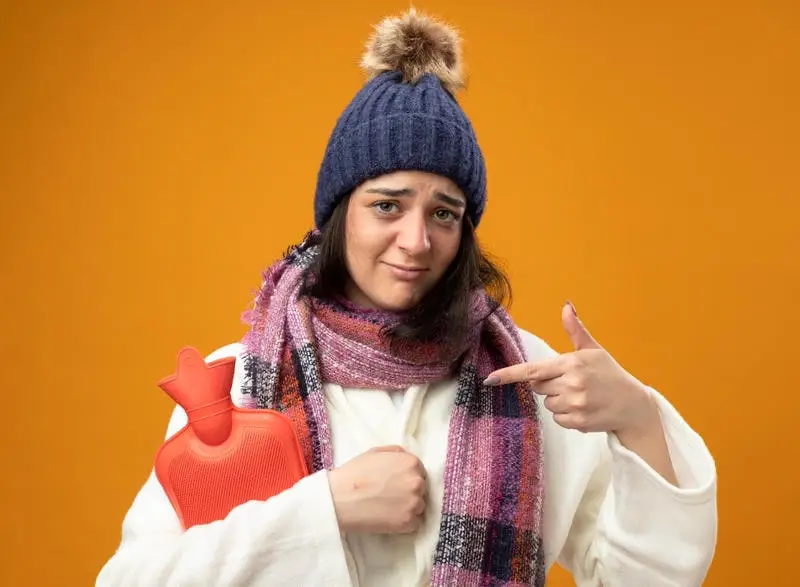- Published on: Apr 04, 2020
- 1 minute read
- By: Raj Dwivedi
Everything You Wanted To Know About Quarantine!
I have received many questions lately asking clarity around
· Can You Be Forced into Quarantine?
· how quarantines are imposed enforced during Corona Virus?
· Can the government impose a quarantine on anybody?
· Are quarantines, including self-isolating at home, voluntary or mandatory?
· Is there a right to appeal?
· What does the government provide during a quarantine?
· Are quarantines effective?
Here are some of the facts and details around Quarantine in US
· When it comes to the federal government, it can impose quarantines under the Public Health Service Act for two main reasons:
o to prevent the spread of communicable disease into the United States or between states.
· Quarantines are considered a measure of last resort when no preferable means is available to halt the spread of a deadly communicable disease.
· Those subject to quarantine should be either infectious or have been exposed to the disease, experts said.
· There is no blanket law, the laws vary by state and even locality.
· Voluntary or Mandatory? It is a bit of a gray area. It often seems voluntary until the person involved tries to leave, at which point health officials are likely to make it compulsory, experts said.
· The bottom line is that if a quarantine is not enforced and other people catch the fatal disease as a result, the local government could be held liable.
· Laws vary by state, but those who ignore the rule could face fines or jail time
· Local authorities often have some form of enforcement power, but usually try gentle persuasion to persuade people that it is for their good and the good of the community.
· An infected person blatantly ignoring an order might be forced to go into medical isolation — that is, some form of locked hospital ward.
· Scope of Change in Appeal process — States should have some manner of appeal process, and some require a court order from the outset. If there is no medical tribunal or other means for a second opinion, ultimately anyone could challenge a quarantine order in court through a writ of habeas corpus.
· Under C.D.C. rules, the federal government must test those confined within 72 hours and define the length of stay from the outset — two weeks for the coronavirus because that is the incubation period for the disease.
· The most glaring hole in American quarantine laws, experts said, is that there is no guaranteed salary. An employer could even fire a quarantined employee. President Trump has said that his administration would address financial relief for people quarantined.
· Quarantine Effectiveness — They generally help slow the spread of the disease but sometimes do not depending on the disease and the conditions of the quarantine, holding passengers on the Diamond Princess cruise ship in Japan appeared to create a kind of petri dish with more people infected.
· Historically In the United States, quarantines have been extremely rare. The last federal quarantine was in the early 1960s against a suspected smallpox outbreak. Instead the C.D.C. tends to issue health warnings, like advising pregnant women to avoid Southern Florida in 2016 during an outbreak of the Zika virus.









